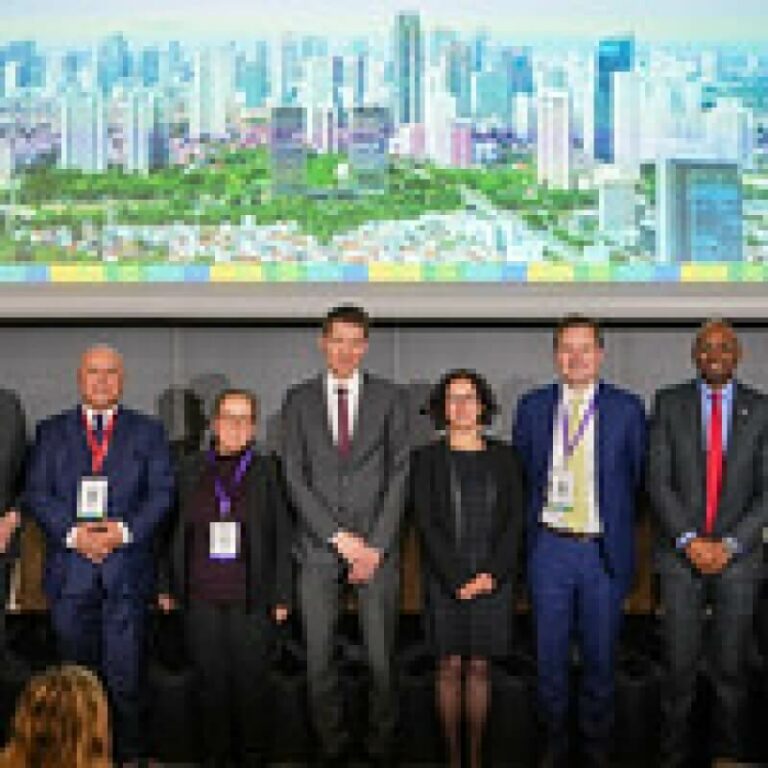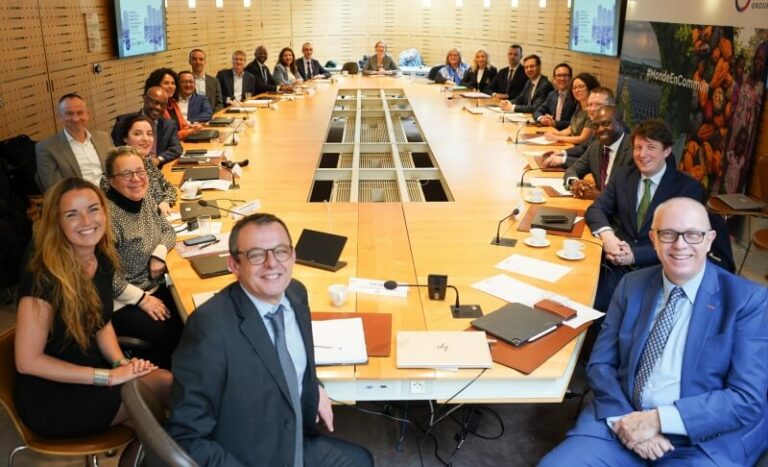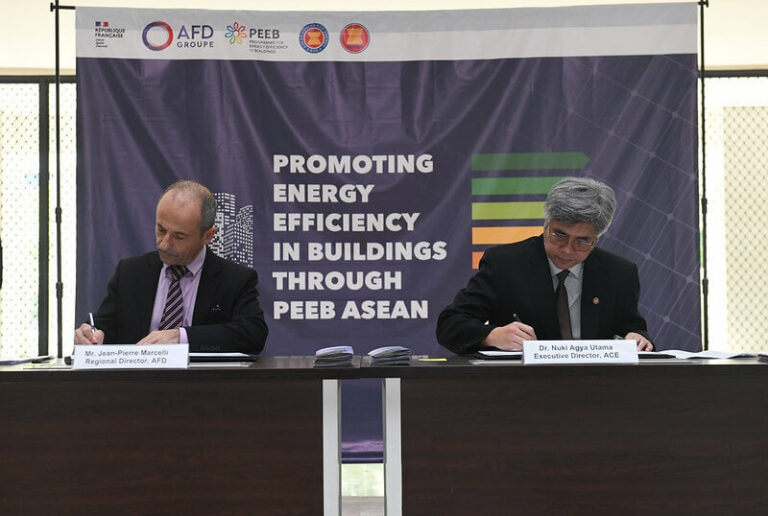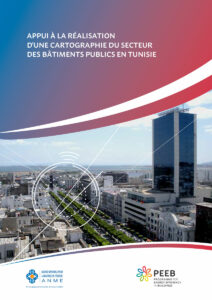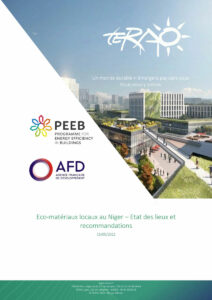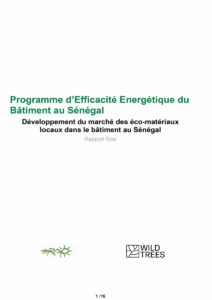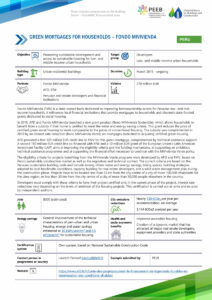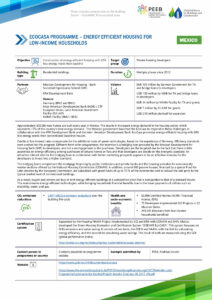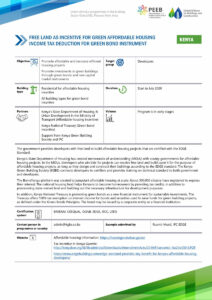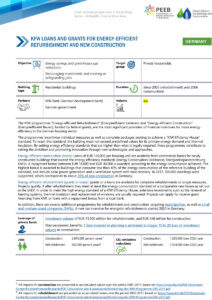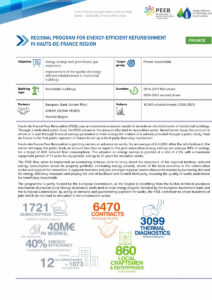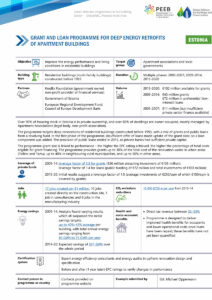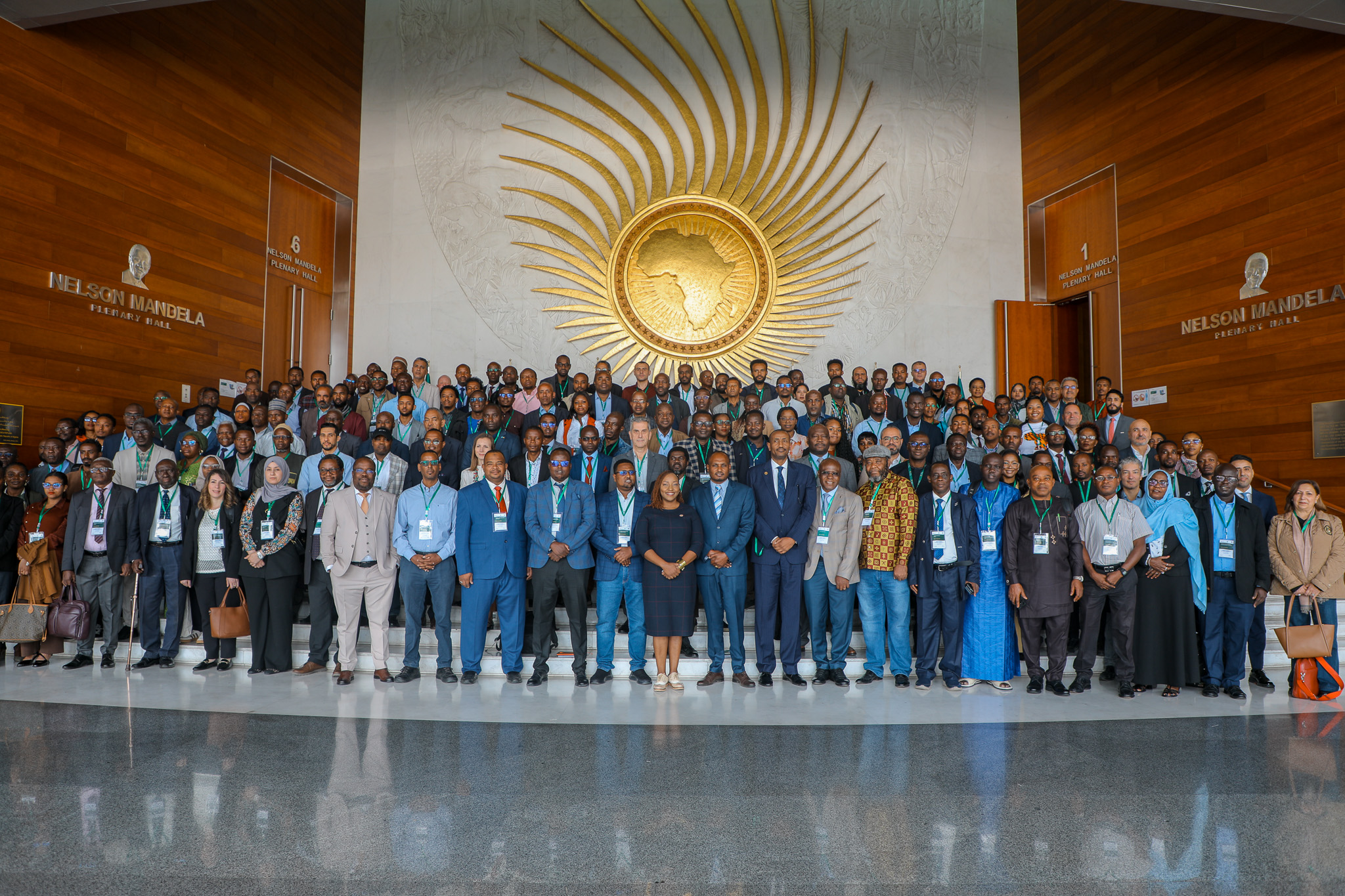
News
Turning continental goals into action
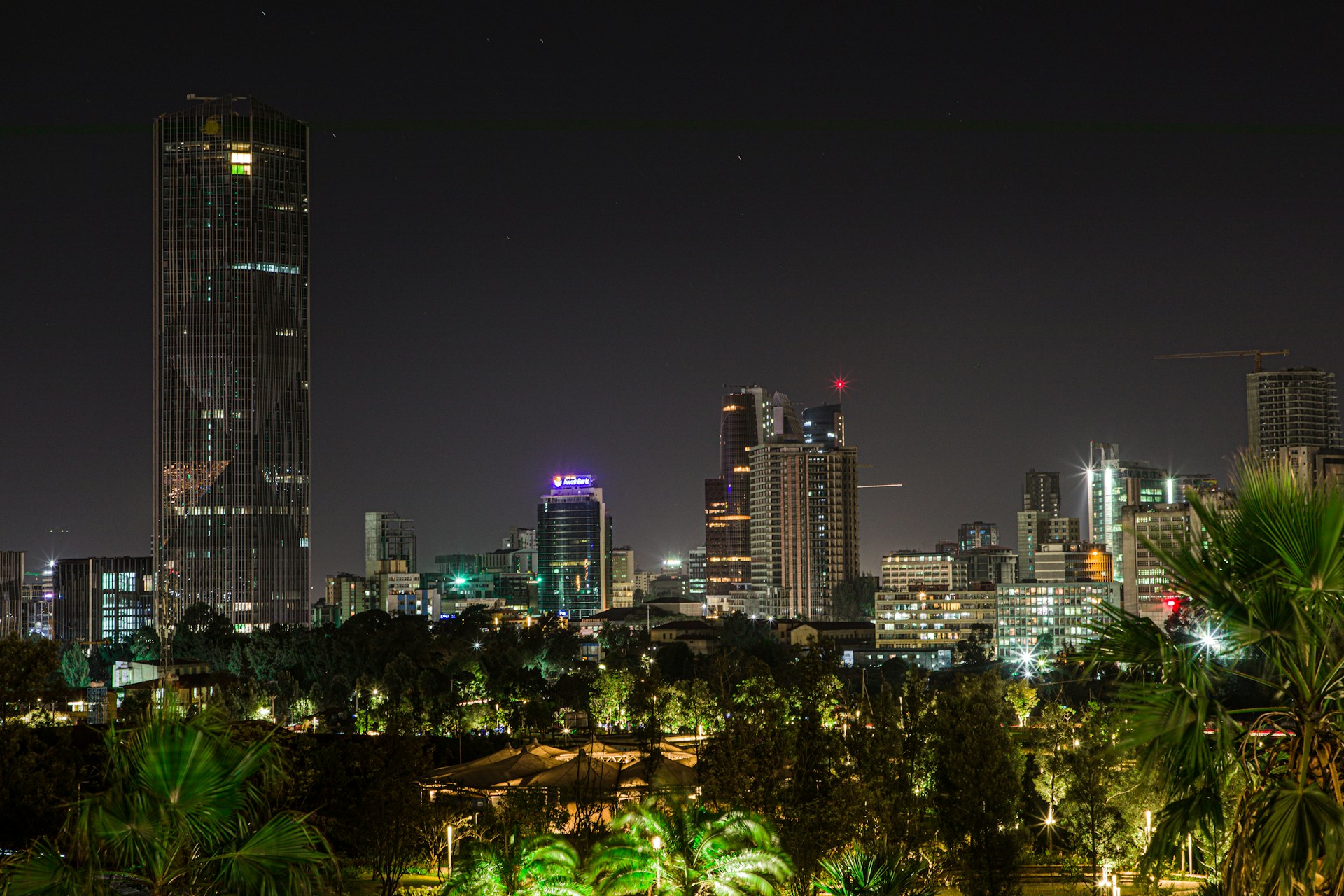
News
Leveraging Buildings for Prosperity in Africa: PEEB at the African Energy Efficiency Conference
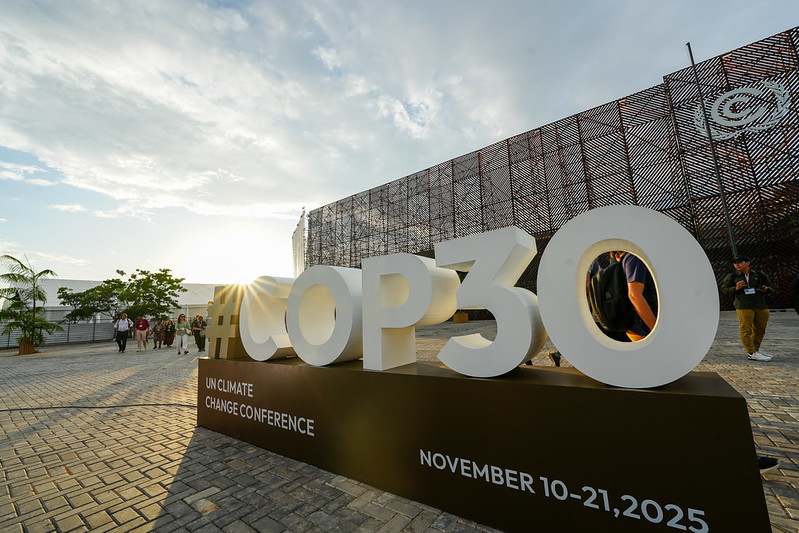
News
Data to Transform Public Building Investment in North Macedonia

News
New PEEB Handbook encourages buildings sector actors to tap into Article 6 carbon market opportunities
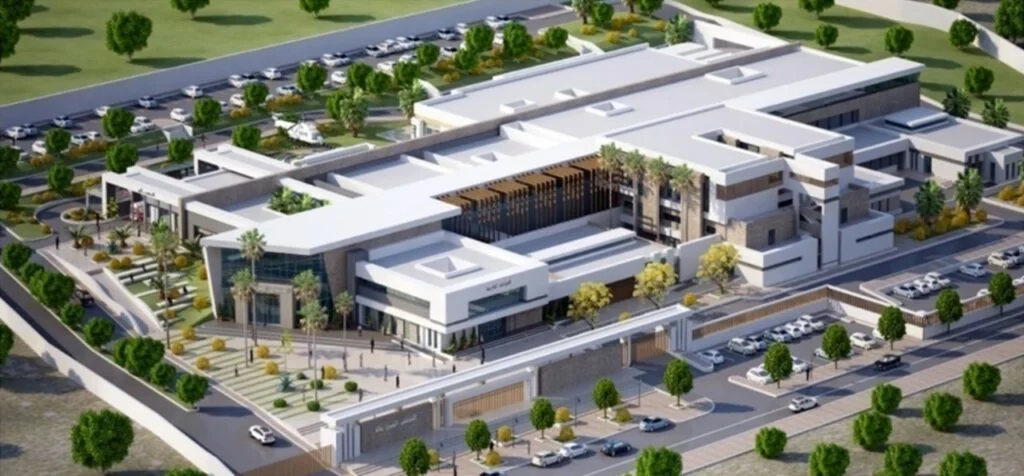
Transforming the global buildings sector
The buildings sector is a sleeping giant for climate mitigation and adaptation. Today, the construction and operation of buildings are responsible for 37% of total energy-related carbon dioxide emissions. The sector consumes over a third of global final energy. By 2060, the floor area of buildings will double, with emerging and developing economies in warm and tropical climates experiencing the biggest increase.
Our mission & vision
The Partnership for Energy Efficiency in Buildings (PEEB) works to transform the global buildings sector by promoting sustainable building design, construction, and operation. Through innovative financing and policy support, PEEB helps lower energy demand, reduce emissions, and unlock economic and environmental benefits for a climate-resilient future.
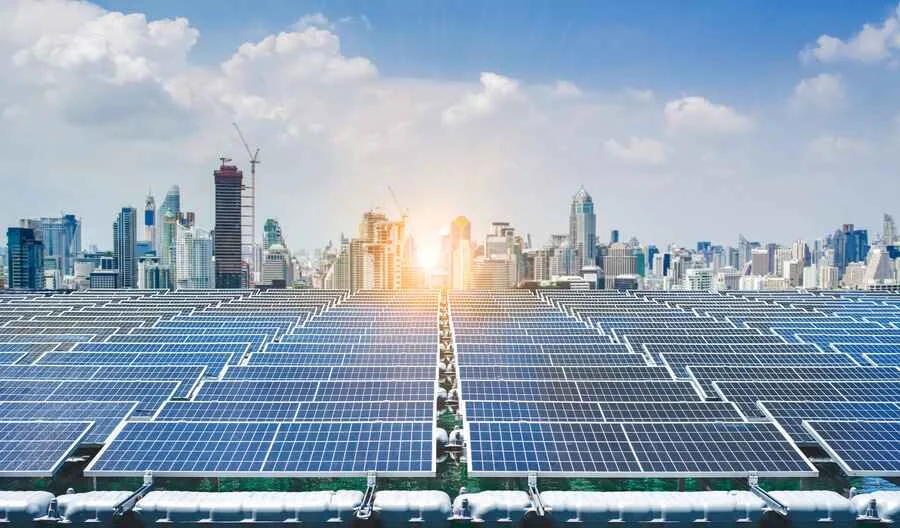
Objectives

Promote sustainable design
Advance sustainable building practices that minimise environmental impact and improve comfort for users

Reduce energy demand
Implement cost-effective solutions to lower energy demand and decrease greenhouse gas emissions

Drive policy change
Support partner countries in developing ambitious and effective policies, standards, and NDCs

Build capacity
Enhance the skills and knowledge of professionals and decision-makers in the building sector to drive sustainable development
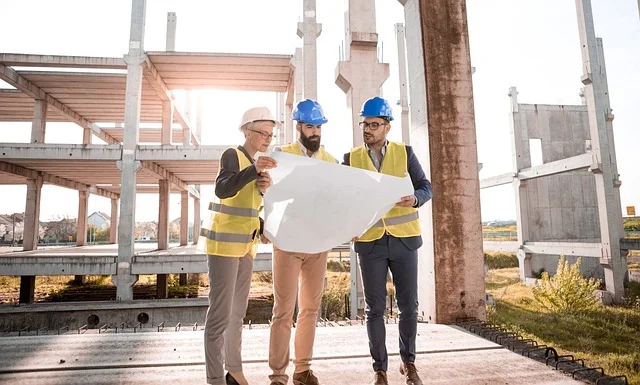
How we work
PEEB supports energy efficiency in large-scale building projects by combining expert policy advice, technical assistance, and financing. The process starts with expert guidance to shape strong energy efficiency standards for buildings such as schools or hospitals. Later, PEEB helps overcome implementation challenges by offering investment grants and technical support for professionals and decision-makers.
Our approach connects financing with policy expertise to drive sustainable construction. Funding for large-scale projects or incentive programmes helps grow the market and strengthen regulations. By setting high standards, PEEB ensures policies are put into practice and encourages even more ambitious national energy strategies.
Global reach
Through its tailored programmes PEEB Cool, PEEB Med, PEEB ASEAN, and PEEB Climate Finance Incubator, the Partnership collaborates with governments, institutions, and professionals to adopt strategies that meet local climate and energy needs.
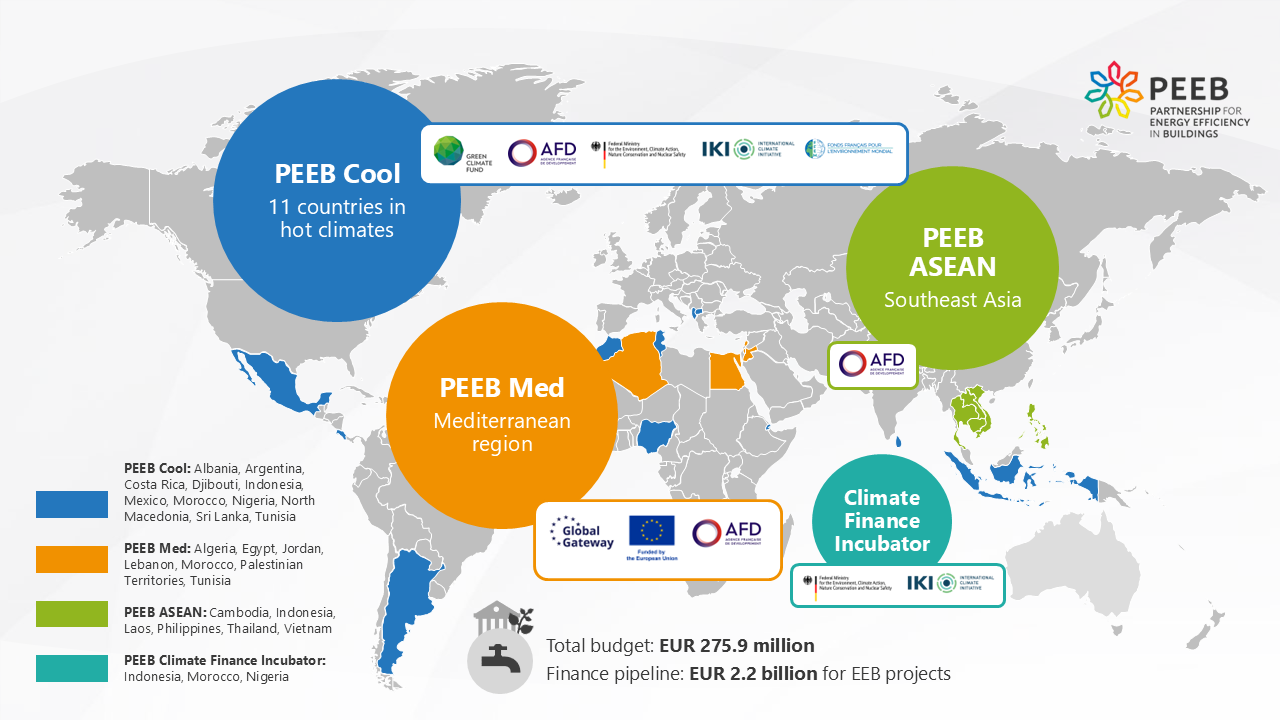
Events
